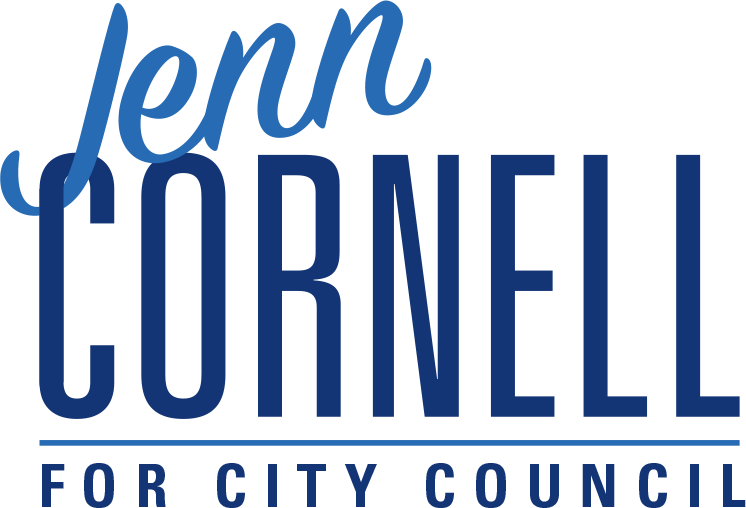Ann Arbor has a housing crisis. For the sake of this post not turning into a long read, I will focus here on sharing a couple of thoughts on the benefits of changing current zoning regulations and address my views on transportation and environmental concerns relative to housing in subsequent posts.
Relative to the rest of Michigan—and perhaps much of the Midwest—Ann Arbor is a success. But adding jobs and winning awards for quality of life has come at a cost: several years ago, we were cited as one of the top 10 most economically segregated regions in the country. We simply do not have enough housing to accommodate the demand, and the demand is not going away.
There is a belief among some residents and elected officials that adding housing will negatively affect their quality of life, the aesthetic quality of their neighborhood, or the value of their property. This belief—while it appears to be diminishing—is deeply personal and heartfelt and should not be dismissed. But it cannot be viewed in isolation from the legacy of our discriminatory housing policies or our commitment to be an inclusive and affordable community.
Currently, tens of thousands of people who want to live and work in Ann Arbor can’t, our city has a structural deficit that is a result of the costs of doing business outpacing revenue (gained through property taxes), and we are behind in advancing infrastructure projects that would make our city more livable and lovable. People who work in Ann Arbor and can’t afford to live here spend their paychecks getting to work. People commuting here for work increase traffic, increase the need for parking, and make our city less safe for people who want to walk, bike, or take transit to get where they need to be.
Enabling thoughtful development is the key to addressing these problems – creating spaces where more people can live does not decrease property value and, in fact, increases tax revenue available to city government for projects like road improvements, parks, affordable housing, and other quality of life initiatives that are universally valuable. Living closer to work and leisure reduces traffic congestion. Thoughtfully designed multifamily housing and walkable small retail opportunities can enhance a charm of a neighborhood… or simply just blend in. Some of our neighborhoods most often recognized for their charm – Old West Side, Kerrytown, Burns Park – are already home to multi-family housing and neighborhood businesses.
Every city and town is constrained by available real estate. Our truth here in Ann Arbor is that the most effective way to create more housing opportunities is to end exclusionary zoning. Fears that the potential positive impact will outweigh the potential negative impact ignores the reality that our current housing supply is insufficient, and change is required to move us forward as a community.
